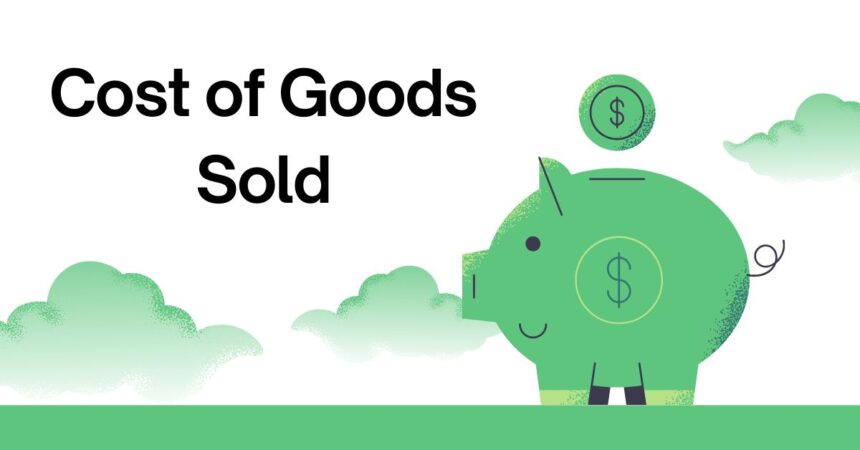Cost of Goods Sold (COGS) refers to the direct costs associated with producing goods or services sold by a business. It includes expenses like raw materials, labor, and manufacturing costs but excludes indirect costs such as marketing and distribution. COGS is essential for calculating gross profit and understanding a company’s financial health.
Key Takeaways
- COGS represents the direct costs of production, including raw materials and labor.
- It helps determine gross profit, which is revenue minus COGS.
- Lowering COGS can improve profitability, but excessive cost-cutting may affect quality.
- COGS varies by industry—service businesses may not have COGS, while manufacturers do.
- Example: A bakery’s COGS includes flour, sugar, eggs, and labor but not advertising costs.
Understanding Cost of Goods Sold (COGS)
COGS is a critical metric in financial reporting. It is directly linked to revenue and impacts gross profit margins. The formula for calculating COGS is:COGS=BeginningInventory+Purchases–EndingInventoryCOGS = Beginning Inventory + Purchases – Ending InventoryCOGS=BeginningInventory+Purchases–EndingInventory
This equation tracks how much inventory was used to generate revenue during a given period.
Example Calculation
Imagine a company starts with $10,000 worth of inventory, buys $5,000 in new materials, and ends the year with $3,000 in inventory.COGS=10,000+5,000−3,000=12,000COGS = 10,000 + 5,000 – 3,000 = 12,000COGS=10,000+5,000−3,000=12,000
This means $12,000 worth of materials were used to generate revenue.
Why COGS Matters
COGS affects key financial metrics such as:
- Gross Profit – Revenue minus COGS determines a company’s profitability before operating expenses.
- Pricing Strategy – Businesses must price products above COGS to cover expenses and generate profit.
- Taxation – COGS is deductible, reducing taxable income.
- Investor Insights – High COGS with stagnant revenue suggests inefficiencies in production.
COGS Across Different Industries
- Retail: Includes wholesale purchases of goods.
- Manufacturing: Covers raw materials, labor, and factory costs.
- Service-Based Businesses: May have minimal or no COGS since they do not sell physical goods.
For example, a software company may not have traditional COGS but might include server costs and developer salaries in production expenses.
Ways to Reduce COGS
Businesses can lower COGS without sacrificing quality by:
- Negotiating better supplier rates to reduce raw material costs.
- Improving manufacturing efficiency to minimize waste.
- Using automation to reduce labor costs.
- Implementing inventory management techniques to avoid overproduction.
For instance, Tesla reduces COGS by optimizing its supply chain and producing batteries in-house rather than relying on third-party suppliers.
Challenges in Managing COGS
- Fluctuating Material Costs – Prices of raw materials can impact COGS unpredictably.
- Labor Costs – Wage increases may raise production expenses.
- Inventory Management Issues – Overstocking ties up capital, while understocking leads to lost sales.
Companies must balance cost-cutting efforts with maintaining product quality and customer satisfaction.
COGS is a fundamental financial metric that affects profitability, pricing, and business strategy. Managing it effectively can boost gross profit and overall financial stability. By optimizing supply chains and reducing waste, businesses can maintain healthy profit margins.





